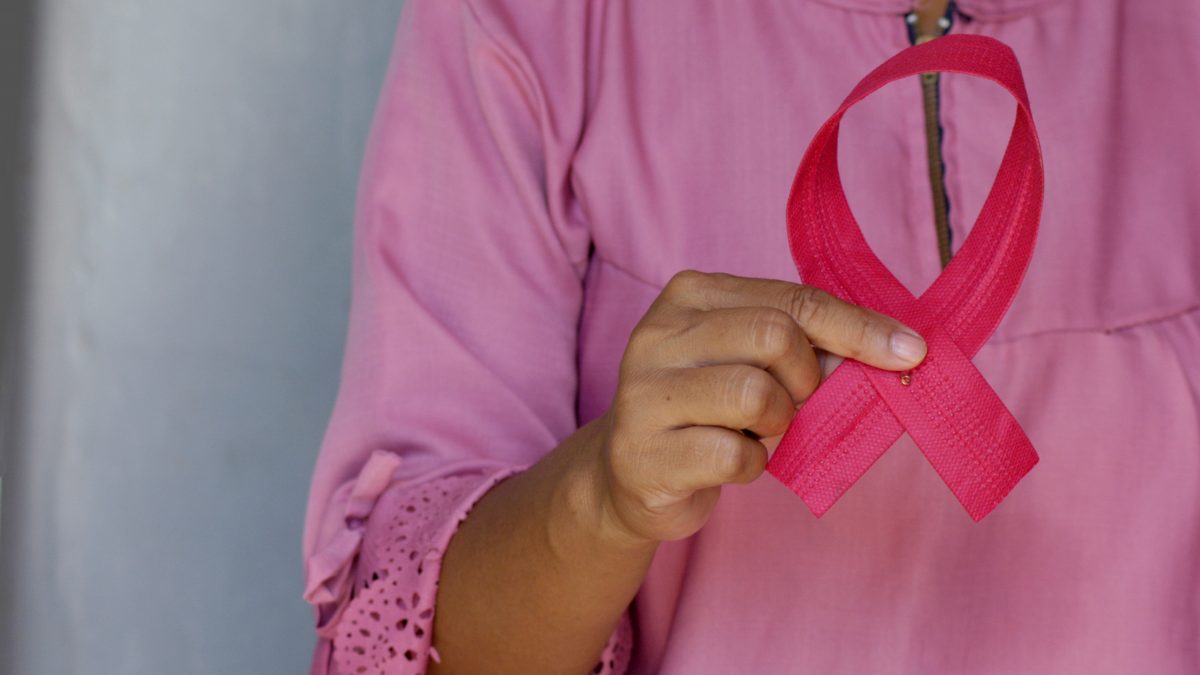How To Self-Examine For Breast Cancer

7 Most Effective Post-Workout Meals For Fitness
March 10, 2021
Top 10 Benefits Of Pilates That You Didn’t Know
March 11, 2021Breast cancer is one of the leading causes of death in women. Somewhere in the world, a woman dies every minute from breast cancer. Doctors have advised that the key to curbing the disease is early detection, so women need to know how to self-examine breast cancer.
A woman has about one in eight chances of being diagnosed with breast cancer in her lifetime. The risk of a woman developing the disease increases as she ages. Self-examination will help you get used to the normal feel of your breasts so you can easily detect when anything changes.
READ ALSO: 5 Simple Lifestyles To Help You Avoid Cancer
How to Prepare for Self-Examination
To prepare yourself for your self-examination, you would need to:
1. Gather all the information you need.
Go on the internet, search for videos that best demonstrate how to self-examine breast cancer. Once you have all the information needed, you could also discuss all the instructions and techniques with your doctor to ensure that you are doing the right thing.
2. Get comfortable with your menstrual cycle.
The best time for self-examination is when your breasts are least tender. The fluctuation in the hormone levels during the menstrual cycle will cause the feel, texture, and size of the breast tissue to change. The swelling in your breasts begins to decrease when your menstrual period starts. By the time it ends, the swelling has completely gone down, and your breasts are no longer tender. This is the best time to self-examine breast cancer.
How to Self-Examine for Breast Cancer
1. Begin with a visual self-examination.
Stand topless in front of a mirror facing forward and with your arms by your sides. To do a visual examination, do the following:
- Search for any signs of dimpling, puckering, or changes in shape, size, or symmetry.
- Be sure that your nipples are not turned in (inverted).
- Press your hands down on your hips and inspect your breasts for any changes.
- Lift your arms overhead, press your hands together, and check your breasts for any changes.
- Finally, lift your breasts to check if the ridges are symmetrical along the bottom.
2. Examine your breasts with your hands.
You can either lie on a flat surface so that the breast tissue spreads out and you can feel them better or stand in your shower and lather your hands with soap to help your fingers glide smoothly. To properly examine your breasts with your hands, you should:
- Ensure you use the pads of your three middle fingers, not the extreme tips or the whole hand.
- Use different levels of pressure when going round the breasts to feel all the breast tissues. Apply light pressure to feel the tissue immediately under the skin. Increase the pressure to medium to feel the tissues a little bit deeper than the skin level. Finally, apply harder pressure to feel the tissues closest to the ribs. Always start from the lightest pressure level and end at the hardest.
- Follow a pattern when checking your breast. Think of your breast as the face of a clock, begin at the edge close to your collarbone and trace a straight line towards your nipple to form the hands of the “clock.” Keep going until you have covered the entire breast.
- Try not to rush through the examination. Take your time to examine each part before moving to the next carefully.
When to See the Doctor
If you notice any of the following signs after your self-examination, then you should pay a visit to your doctor.
1. A hard lump on your breasts or near your underarm.
2. Puckers, dimples, ridges, or bulges on the skin of your breast.
3. Changes in the appearance or feel of your breasts, including prominent fullness or thickening that feels or looks different from the rest of the surrounding tissue.
4. Swelling, redness, pain, or warmth.
5. Bloody discharge from the nipple.
6. Nipples become inverted instead of sticking out.
Remember, early detection is the key effective treatment of breast cancers. Make frequent self-examinations a part of your routine.

